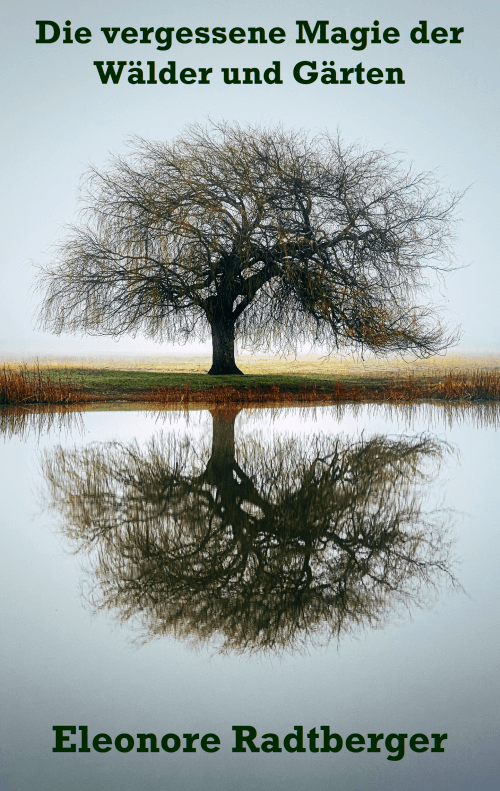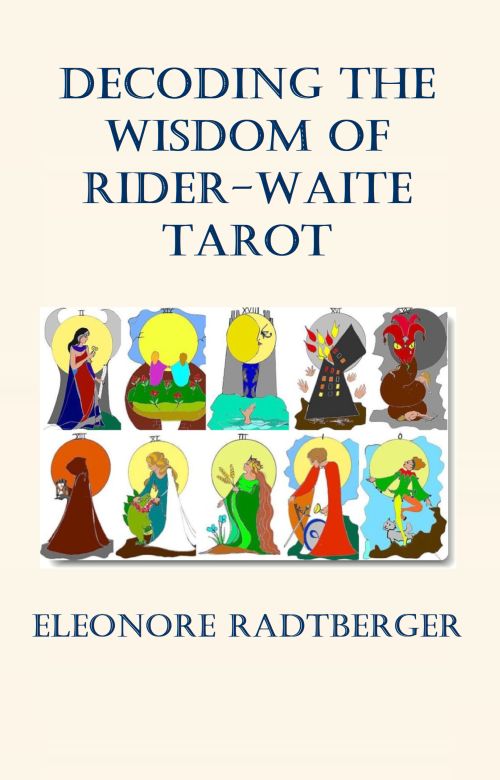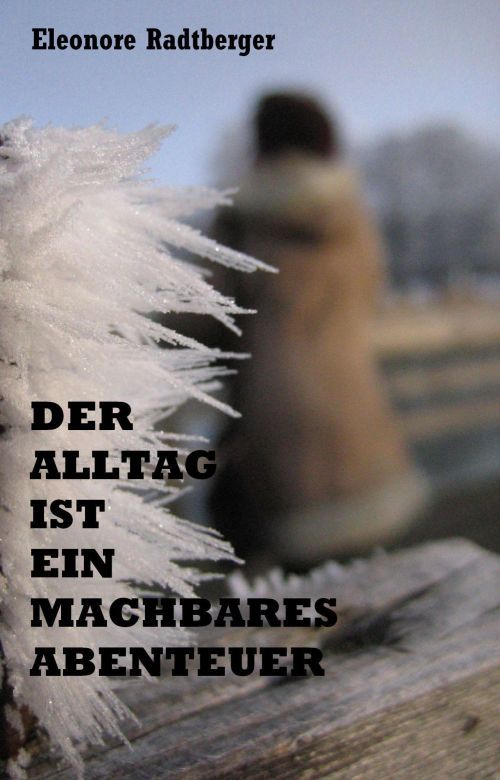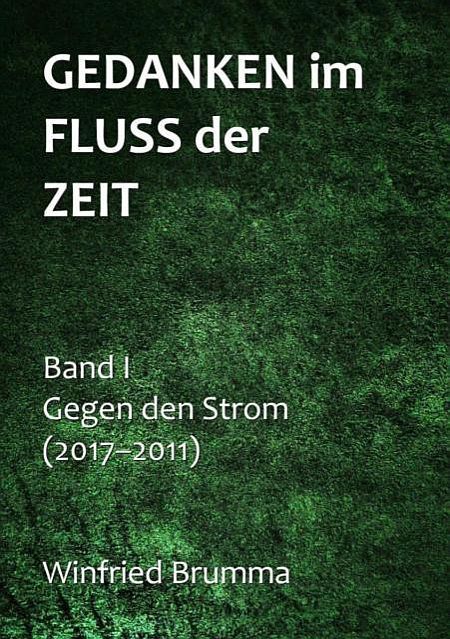
|
The right way to use the Tarot
About mistakes and misunderstandings when dealing with Tarot cards
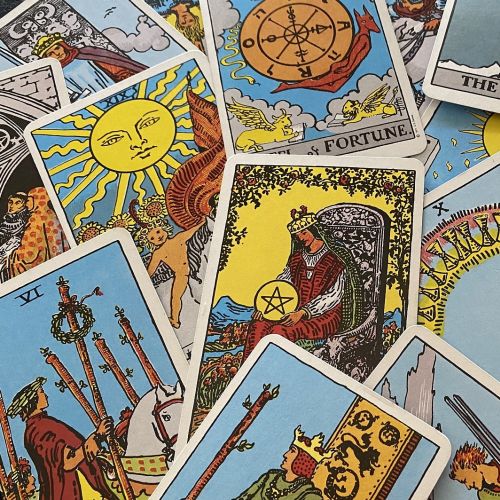
Whether it's right or wrong is not really the question. You should ask: 'What should I pay attention to so that the Tarot opens up to me?' The most common mistakes when dealing with this medium stem from having the wrong expectations. Beginners are often disappointed because they expect clear answers immediately.
However, the truth is that the cards communicate through symbols. These affect the subconscious mind symbolically. Of course, the choice of deck is important – many people could not get on with their Tarot cards until they switched to a different deck with a design they liked better. That's why you should definitely take your time when buying. 'Which images do I like at first glance? What style do I like?' And so on.
Newcomers probably won't understand the names of the Arcana. Names such as 'The Empress' or 'The High Priestess' are not necessarily contemporary, and their meaning is not easy to grasp. Furthermore, the names vary from deck to deck. Ultimately, it comes down to 'getting involved' and the patience you are willing to muster.
A great expert on the subject once said that, if we allow it, the cards don't just speak. They shower us with a torrent of words. Once you have opened the door, it won't close again, and the space behind it will become brighter and bigger.
This series of essays was first published in the German Tarot book "Das große Tarot-Buch", which is available in paperback and Kindle versions, as well as a PDF, ePub or Mobi file.

There are many ways to properly get involved. A common recommendation is to look at the cards in order and simply let the images sink in. Allowing your mind to wander or making free associations is also a very good method. For example, if any detail of the picture catches your eye, ask yourself: 'What does this mean to me? How does this object or colour relate to me?' Without having read up on it beforehand, your own unique interpretation of the card will emerge.
The traditional meaning is not the only valid interpretation – yours is valid too. Over time, you will find that you have a few favourite cards and some that you dislike. You can then continue the game by asking yourself why you feel this way: 'Why don't I like the Moon card, and why does the Chariot card appeal to me so much?' Essentially, you are engaging in a dialogue with the cards, it's an exchange. If you really engage with it, you will discover surprising things about yourself. Memories you thought you had lost will suddenly return, and you will find answers to questions you have been asking yourself for a long time. It happens as if by magic.
Although every good Tarot book emphasises that there is no point in asking 'yes or no' questions, it is often tempting to try to force the issue. However, Tarot is much more profound than that. You can ask: 'What will happen if I do or don't do this or that?' The cards will show a trend, but this is still subject to change. Everything is in flux. Nothing stagnates for long.
Analysing the situation is probably the most valuable aspect, but many impatient newcomers ignore this. Many spread systems refer to the recent past, the present, and the near future – a compact package, so to speak. You could also say that the problem, its causes, and possible solutions are revealed. Therefore, asking whether you will win the lottery this week is superfluous.
It is also tempting for many to 'create' a negative picture that supposedly shows what the questioner wants to see. This 'cheating' is nothing more than self-deception. The so-called reading test, based on the assumption that the same cards will appear each time a question is asked, proves to be flawed on closer inspection. This is because a single matter has thousands of facets, yet the cards will not differ in their basic meaning. The same images do not have to appear.
Reference books usually provide different interpretations of the meaning of certain cards. However, the actual statement relating to the situation in question varies depending on the location and surroundings of the cards. Ultimately, personal interpretation is also very important. This can simply be seen as a valuable addition, given that everyone's understanding of symbolism is different. ... End of excerpt.
Would you like to find out more? Eleonore's book offers valuable guidance on using Rider-Waite Tarot cards. You can read some excerpts here:
– Using Tarot cards as a guide: Explore the wisdom of the Rider-Waite deck
– How to interpret the hidden significance of Tarot cards: The Major Arcana
– Cards of the Major Arcana: The Magician – The High Priestess – The Empress
– Try swinging a pendulum. Communicate with your inner self
– Cards of the Major Arcana: The Emperor – The Hierophant – The Lovers
– Cards of the Major Arcana: The Chariot – Justice – The Hermit
– Cards of the Major Arcana: Wheel of Fortune – Strength – The Hanged Man
– Cards of the Major Arcana: Death – Temperance – The Devil
© 'The right way to use the Tarot. About mistakes and misunderstandings when dealing with Tarot cards': An essay by Eleonore Radtberger (translated by Izabel Comati), 07/2025. Image credit: The Rider-Waite Tarot Deck, CC0 (Public Domain Licence).
– The little girl with the matches (short story)
– Jan and the Magic Puppet Theatre (fantasy short story)
– Excellent war reporting from a parallel universe (book review)
Discover more articles! Use the search function:
English archive:
More reviews, book presentations and essays
2024/2025
German archive:
2024 |
2023 |
2022 |
2021 |
2020 |
2019 |
2018 |
2017 |
2016 |
2015 |
2014 |
2013 |
2012 |
2011 |
2010 |
2009
Become a writer for Pressenet! Write articles for our online magazine on trending topics such as best books to read, health and wellness, technology and gadgets, business and finance, travel and tourism, lifestyle and fashion or education and career. Info: Become an author
Sponsors and investors are welcome: If you found our articles interesting, we would be grateful for a donation. Please also recommend us to your networks. Thank you very much!
Sitemap About Privacy Policy RSS Feed
